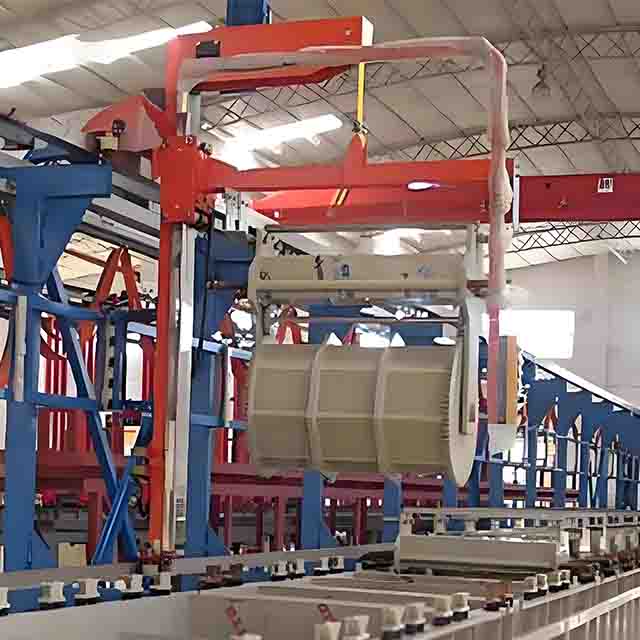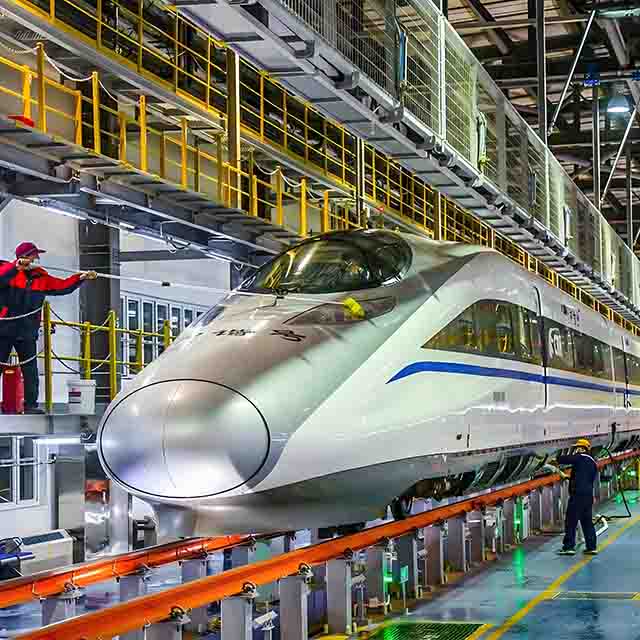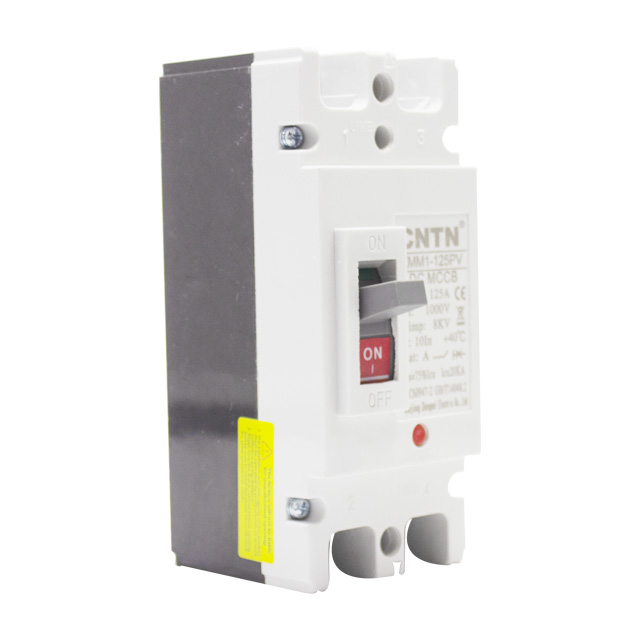DC Molded Case Circuit Breaker
- Over 10 years of experience in manufacturingDC Molded Case Circuit Breaker(DC MCCB)
- Fast production delivery capability
- Provide product customization
- We provide 24-hour online service to you
Our products
Application Scenarios of DC Miniature Circuit Breakers (MCCB)

Molded Case Circuit Breaker (DC MCCB) is applied in electric vehicles
The working principle of DC MCCBs in new energy vehicles centers on dynamically safeguarding the vehicle’s high-voltage and low-voltage DC circuits. By monitoring current in real time, responding quickly to faults, and cutting off the circuit, it eliminates risks such as fire and equipment damage. Essentially, it serves as the “safety guardian” of the vehicle’s high-voltage system.

Molded Case Circuit Breaker (DC MCCB) is applied in Eectroplating Equipment
The working principle of DC MCCBs in electroplating/electrolysis equipment centers on real-time monitoring of DC circuit current. When faults such as overcurrent or short circuit occur in the circuit, it quickly cuts off the circuit to protect equipment and process safety. Essentially, it provides an “overload protection barrier” for a stable DC power supply environment.

Molded Case Circuit Breaker (DC MCCB) is applied inRail Transit
The working principle of DC Molded Case Circuit Breakers (DC MCCBs) in rail transit mainly involves normal switching (closing and opening), overload and short-circuit protection, and arc extinguishing. They are used in scenarios such as the DC traction systems of subways and light rails, or the DC auxiliary power supply circuits inside vehicles, to protect the circuit safety of traction motors and on-board equipment.

Molded Case Circuit Breaker (DC MCCB) is applied in Wind Power System

Molded Case Circuit Breaker (DC MCCB) is applied in Commercial Building

Molded Case Circuit Breaker (DC MCCB) is applied in Aerospace Systems
What is your application?
Frequently Asked Questions
What is a DC Molded Case Circuit Breaker?
How MCBs work?
1. Core Working Logic: Three-Step Fault Protection
Step 1: Current Monitoring
Step 2: Fault Identification
- Overload Fault: When the current exceeds the rated value but does not reach the short-circuit level (e.g., motor stalling), the bimetallic strip bends due to the thermal effect of the current, pushing the mechanical mechanism to trigger tripping.
- Short-Circuit Fault: When the current surges to several times or even dozens of times the rated value (e.g., line short-circuit), the electromagnetic coil generates a strong magnetic field, which attracts the iron core to quickly strike the tripping mechanism, achieving “instantaneous tripping”.
Step 3: Circuit Interruption and Arc Extinguishing
2. Key Designs: Core Differences for Adapting to DC Scenarios
- Arc-Extinguishing System Optimization: To address the difficulty of extinguishing DC arcs, the arc-extinguishing chamber adopts a “multi-grid splitting + strong magnetic field drive” design. This splits long arcs into multiple short arcs, rapidly reducing arc energy and ensuring the circuit is completely de-energized after interruption.
- Tripping Characteristic Adaptation: DC circuits have no current zero-crossing point, and short-circuit current peaks are higher with longer durations. Therefore, electromagnetic trip units have higher sensitivity and faster response speeds, capable of triggering interruption within milliseconds to prevent equipment from enduring excessive inrush current.
Types of DC Molded Case Circuit Breakers (DC MCCB)
- By Tripping Mechanism
- Thermal-Magnetic DC MCCBs: Integrate dual protection of “bimetallic strip (for overload)” and “electromagnetic coil (for short circuit)”. Suitable for general DC scenarios (e.g., industrial auxiliary circuits, small energy storage systems) with simple structure and cost-effectiveness.
- Electronic DC MCCBs: Adopt electronic current sensors and microprocessors for precise current monitoring. Support adjustable protection parameters (e.g., overload trip time, short-circuit current threshold) and are ideal for complex DC systems (e.g., large-scale photovoltaic stations, rail transit traction circuits) requiring flexible protection.
- By Breaking Capacity
- Low Breaking Capacity DC MCCBs: Designed for low-current DC circuits (usually ≤ 10kA breaking current), used in household energy storage, communication base station auxiliary circuits, etc.
- High Breaking Capacity DC MCCBs: With breaking current up to 50kA or higher, they withstand large short-circuit energy and are applied in high-power scenarios (e.g., industrial DC drives, ship propulsion systems).
- By Installation and Structural Form
- Fixed DC MCCBs: Fixed on electrical cabinets or distribution boards via screws, with stable installation. Common in stationary DC power systems (e.g., ground traction substations, industrial control cabinets).
- Plug-In DC MCCBs: Can be plugged into matching sockets, enabling quick disassembly for maintenance. Suitable for scenarios requiring frequent device replacement (e.g., modular energy storage cabinets, mobile power supplies).
- By Special Application Adaptability
- Environmentally Resistant DC MCCBs: With enhanced protection (e.g., IP65 dustproof and waterproof, corrosion-resistant materials) for harsh environments like marine (high salt spray), deserts (high dust), or high-altitude areas (low pressure).
- Rail Transit-Specific DC MCCBs: Feature vibration resistance (complying with EN 50155) and wide temperature adaptability (-40℃ to 85℃), used in subway onboard circuits and ground traction power distribution.
- New Energy-Specific DC MCCBs: Optimized for photovoltaic/storage characteristics (e.g., anti-PV array reverse current, compatible with battery charging/discharging fluctuations), applied in PV combiner boxes and energy storage PCS circuits.

